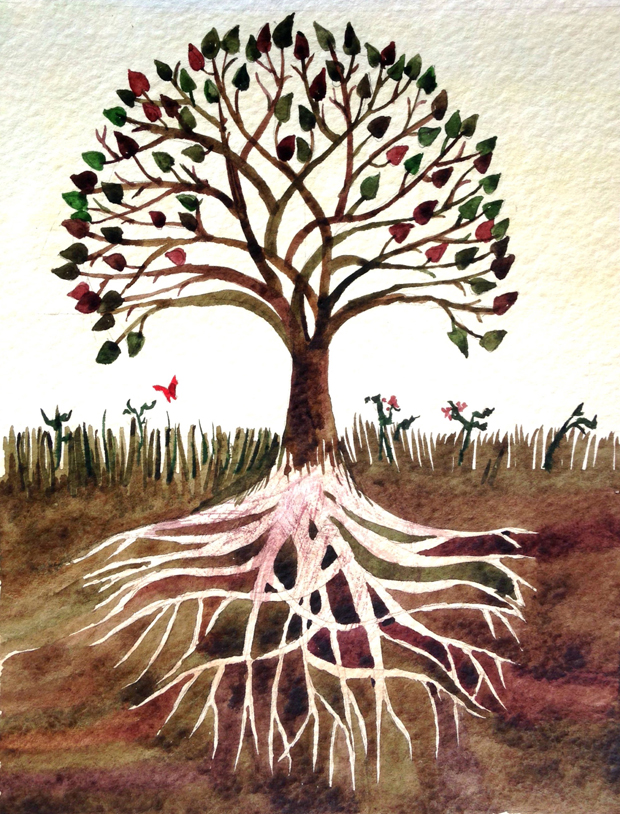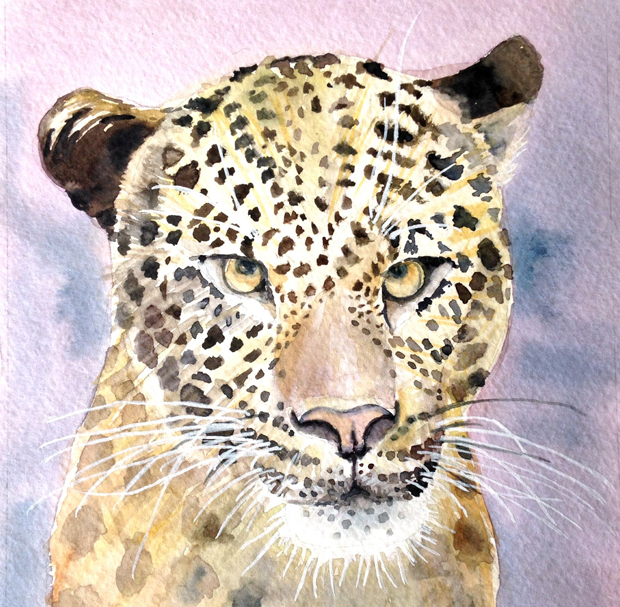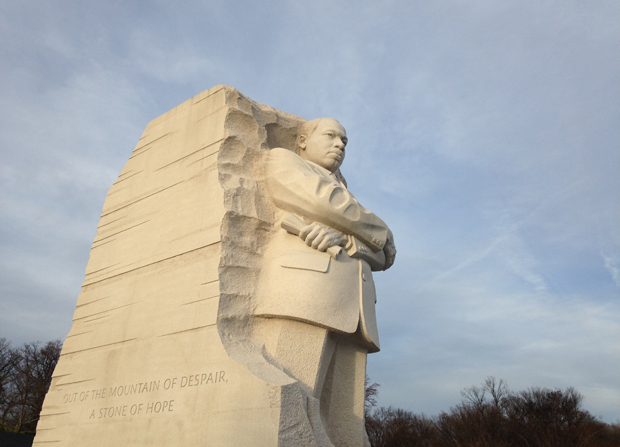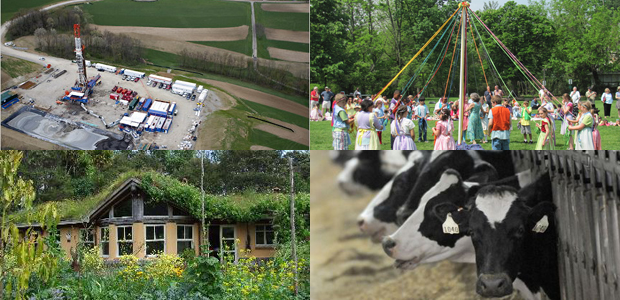 Last, night, I joined in a conversation at my son’s Quaker school about Ta’Nehisi Coates’ book, Between the World and Me. It was a fairly diverse crowd—ethnically, if not economically. Everyone there was well educated, thoughtful and, with one honest exception, liberal. I was especially thankful for the opportunity to listen to two black intellectuals and a Quaker elder who lived in Detroit during the 1967 riots.
Last, night, I joined in a conversation at my son’s Quaker school about Ta’Nehisi Coates’ book, Between the World and Me. It was a fairly diverse crowd—ethnically, if not economically. Everyone there was well educated, thoughtful and, with one honest exception, liberal. I was especially thankful for the opportunity to listen to two black intellectuals and a Quaker elder who lived in Detroit during the 1967 riots.
We worked our way through various responses to the book, including praise for Coates’ use of the dream as metaphor, which I wrote about here. I appreciated hearing new (to me) ideas from folks I don’t usually encounter. A black man who teaches high school history pointed out that one of the horrors of slavery was not that white people thought black people weren’t human. It’s that they knew how human they were, and were able to manipulate the relationship to get what they wanted from them—their labor and obedience. Continue reading









